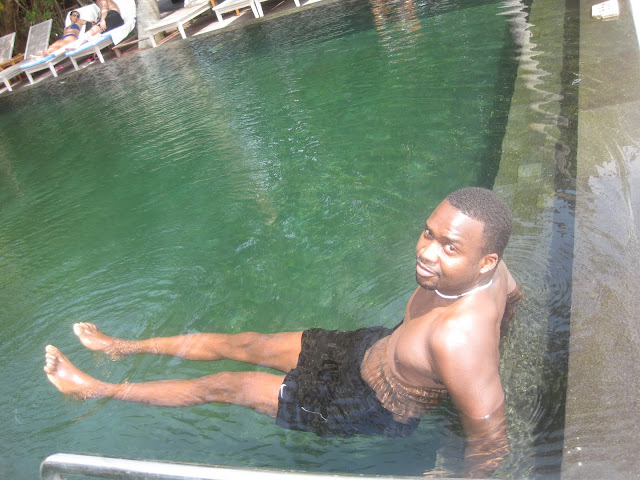Ok, so blogging isn't easy. It requires discipline, dedication, and significant amounts of free time. When it comes to my blog I have been lacking in all three areas over the past year or so. My plan is to use this post to break that spell and get back to my usual travel blogging.
I am currently in the Andes mountains in Peru driving towards a train that will eventually take me to Machu Picchu, the famed Inca city. The landscape is breathtaking and the foliage along with the backdrop of snow covered peaks is right out of a blockbuster movie. Whining through the mountains I can't help but wonder (1) how/why the hell did the Incas make it all the way up here, (2) they made a great choice. Peru is beautiful in a way that differs slightly from the other Latin American countries. It's seemingly more rustic and rough around the edges than its neighbors. The people look less European and the poverty level seems greater on average.
Here, high in the middle of the mountains in old Inca territory the people look very different but still I recognize them. Their faces are the those of indigenous people all over the world. They are the faces of the Carib Indians of the Caribbean, the Mayan descendents in Mexico, the Male people of the Maldives, the indigenous Indians of North America, and the slave descendents in Brazil and Colombia. Yes, their faces look very familiar though I've never seen them before. Their struggles are the same too. They're still mostly very poor and almost second class citizens. Their strong, rich history now serves as amusement for wondering westerners like myself, and even though many of those visitors recognize their misfortune and contributions to civilization nothing is ever done to change their plight.
Many of these indigenous people are experiencing a second pillaging by most measures. 500k visitors to Machu Picchu each year amounts to a $xxxM business and yet the surrounding people are still poor and disadvantage. Most of the money goes to big business, many of which are foreign. It's the dark side of adventure tourism, some would say of tourism in general.
Machu Picchu is a UNESCO World Heritage Site. Since its discovery in 1911 a growing number of tourists visit Machu Picchu each year, reaching 400,000 in 2000. Today that number is much greater. As Peru's most visited tourist attraction and major revenue generator, it is continually threatened by economic and commercial forces. In the late 1990s, the Peruvian government granted concessions to allow the construction of a cable car and development of a luxury hotel, including a tourist complex with boutiques and restaurants. Many people protested against the plans, including members of the Peruvian public, international scientists, and academics, as they were worried that the greater numbers of visitors would pose a tremendous physical burden on the ruins. Many protested a plan to build a bridge to the site as well.
Though despite the crowds at the site and my feelings of sorrow for the surrounding residents Machu Picchu remains on my bucket list and certainly one of the greatest historical sites in the world. Today I plan on checking one more item off that list and hopefully leave with a better understanding on what life was, and is, for the people of the Andes.



























































